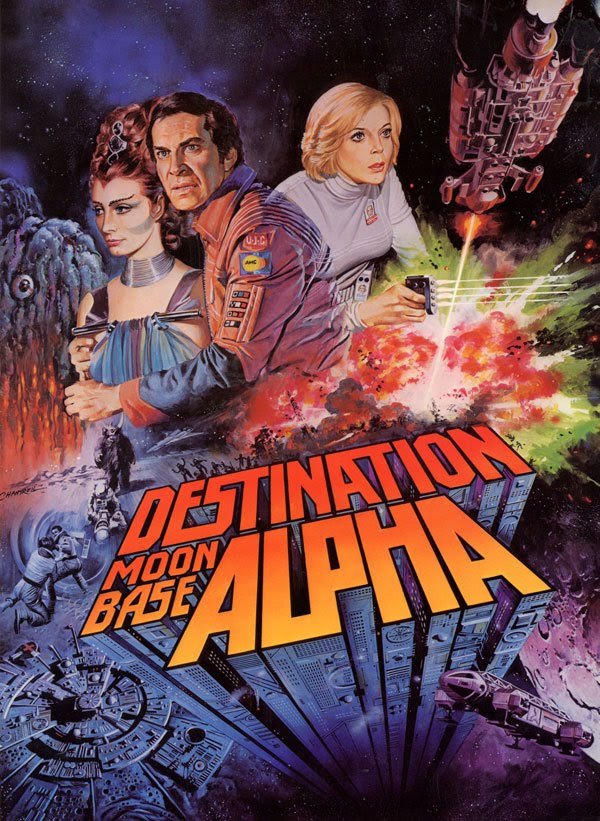

Science fiction film is a film genre which emphasizes actual, extrapolative, or 2.0 speculative science and the empirical method, interacting in a social context with the lesser emphasized, but still present, transcendentalism of magic and religion, in an attempt to reconcile man with the unknown (Sobchack 63). Characteristics of the genre Īccording to Vivian Sobchack, a British cinema and media theorist and cultural critic: The other ten super-genres are action, crime, fantasy, horror, romance, slice of life, sports, thriller, war, and western. Williams identifies science fiction films as one of eleven super-genres in his screenwriters’ taxonomy, stating that all feature-length narrative films can be classified by these super-genres. In the late 1970s, big-budget science fiction films filled with special effects became popular with audiences after the success of Star Wars (1977) and paved the way for the blockbuster hits of subsequent decades. After Stanley Kubrick's landmark 2001: A Space Odyssey (1968), the science fiction film genre was taken more seriously. From the 1930s to the 1950s, the genre consisted mainly of low-budget B movies. The next major example (first in feature length in the genre) was the film Metropolis (1927). The genre has existed since the early years of silent cinema, when Georges Melies' A Trip to the Moon (1902) employed trick photography effects.


Science fiction films have often been used to focus on political or social issues, and to explore philosophical issues like the human condition. Science fiction (or sci-fi) is a film genre that uses speculative, fictional science-based depictions of phenomena that are not fully accepted by mainstream science, such as extraterrestrial lifeforms, spacecraft, robots, cyborgs, dinosaurs, mutants, interstellar travel, time travel, or other technologies.


 0 kommentar(er)
0 kommentar(er)
